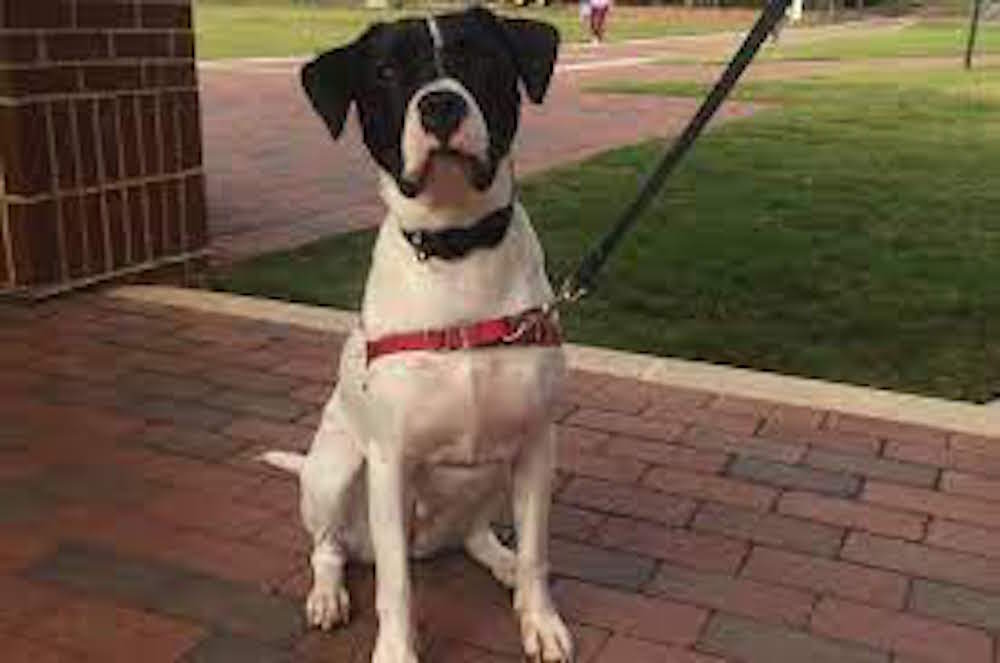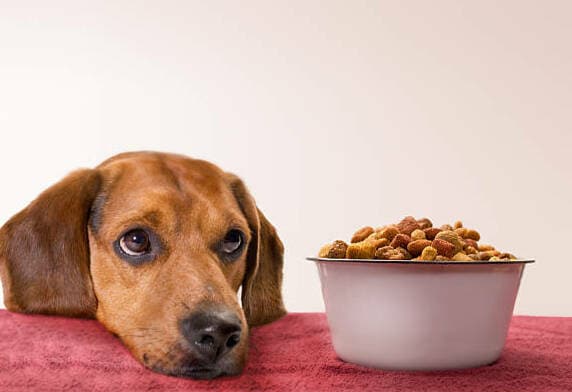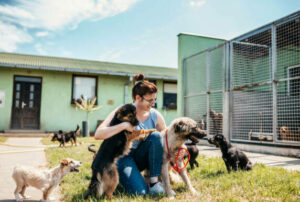A new study published by the open-access journal PLOS ONE on April 6, 2022, revealed that many US dog owners do not follow the guidelines on safe pet food and dish handling as suggested by the Food and Drug Administration (FDA).
Dr. Emily Luisana of the North Carolina State University in Raleigh, together with her colleagues, observed 417 dog owners and found that most of them are unaware of improper pet food handling practices and the resulting bacterial contamination around the house.
Less than 5% know of the guidelines, and even among veterinary practitioners, the recommendations regarding proper pet food handling are not well known. “We realized that, when it came to our own pets, we all had different pet food storage and hygiene practices,” Luisana said.
The health risks that are commonly reported are Salmonella and Listeria bacteria contamination, especially when handling raw pet foods. These microorganisms can make everyone in the household sick including the pets.
The FDA guidelines are available online, and the purpose of the study is to know whether the guidelines have been effective in reducing bacterial contamination.
Study Findings

Of the test subjects, the study showed that only a third wash their hands after feeding, and two-thirds are observed to prepare pet foods on a separate surface than those used for human consumption. Separating food preparation is of public health importance, but it is not included in the FDA guidelines.
Regarding the effectiveness of the guidelines in reducing contamination on dog food dishes, the researchers divided the dog owners into three groups.
First is the control, where dog owners can choose whether or not to follow the guidelines. The second group followed the guidelines on pet food handling alone, and the third followed both the pet and human food handling guidelines.
After one week, it was found that there was a significant reduction in bacterial contamination who followed the guidelines against those who did not.
Luisana said, “I was surprised that the control group did not show any reduction in bacterial counts even though they were made aware of the guidelines.” She noted that awareness alone is not enough to change human practices.
The study also showed that only 20% of those who adhered to the guidelines were willing to follow them long-term, and only 8% were likely to follow all the guideline instructions. This shows that the guidelines provided should be feasible and effective.
FDA Guidelines
According to the FDA, the following tips should be practiced to ensure that there is no bacterial contamination. First is to wash your hands for at least 20 seconds with soap and hot water before and after handling any pet food. Second, clean pet food bowls and scooping utensils after using soap and water. The third is to never use the pet bowl to scoop dog food. And, last is to throw any spoiled pet food by securely placing it in a tied plastic bag.
The FDA also does not recommend feeding raw pet food as the probability of contamination is very high, not just on the pets but also on humans. But, as some prefer this practice, pet owners must be made aware of the risks.





